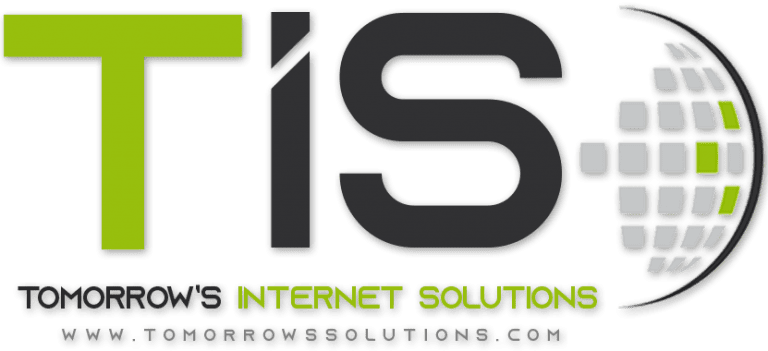Remember when your company’s software flowed like a well-oiled machine, effortlessly achieving results? Now, does it feel like navigating a maze of workarounds, emergency fixes, and half-baked solutions? Enter the realm of technical debt.
This hidden, gradual buildup creeps in silently, out of sight but steadily chipping away at your system’s performance. Over time, it festers, weakening the foundation of your productivity and leaving you tangled in a web of inefficiency.
What Is Technical Debt?
Imagine technical debt as the hidden cost of a loan you never meant to take. It grows silently when businesses opt for quick, temporary IT fixes instead of investing in long-term, sustainable solutions.
At first, these shortcuts appear harmless. But as your system expands, the consequences of those rushed decisions begin to multiply. What once seemed like a small compromise can quickly spiral into slowdowns and future roadblocks.
Confronting technical debt head-on is crucial for preserving a healthy, efficient tech environment. Here are eight practical strategies to help your company start reducing its technical debt.
1. Identify and Prioritize Technical Debt
Identifying technical debt is key to managing it. Focus on the most critical issues first to maximize value.
- Conduct a Technical Debt Audit: Begin by locating where this debt exists. Audit your infrastructure and processes, documenting areas with shortcuts or temporary fixes.
- Categorize and Rank: Not all debt requires immediate action. Classify it by its impact on performance, security, and maintainability, then prioritize the most urgent issues.
- Create a Register: Keep a register of all identified debt. This ensures you can track what’s been resolved and what still needs attention.
2. Integrate Debt Management into Your Workflow
Integrating debt management into your workflow ensures ongoing focus on technical debt, helping you strike a balance between new development and debt reduction.
- Incorporate into Agile Practices: Weave technical debt management into your agile workflow by reviewing and addressing it during sprint retrospectives.
- Set Aside Time for Repairs: Allocate specific time for addressing these technical debts. This prevents issues from being overlooked.
- Track Progress: Monitor the progress of technical debt reduction regularly, using metrics to gauge improvements and highlight areas that still need attention.
3. Educate and Train Your Team
Educating your team on technical debt is essential. It not only helps prevent future debt but also addresses current challenges. Encouraging training and knowledge sharing builds a culture focused on quality and long-term solutions.
- Promote Awareness: Make sure your team grasps the concept of this debt and its effects on both the current system and future projects.
- Provide Training: Offer training on best practices for adopting new technologies, helping your team avoid introducing new technical debt.
- Encourage Knowledge Sharing: Foster a culture of knowledge sharing by holding regular meetings to discuss these debts and explore solutions.
4. Improve Documentation
Clear documentation is crucial for managing technical debt, offering a solid reference for both current and future team members.
- Document Existing Systems: Develop thorough documentation for your current systems, covering hardware, software, and network configurations.
- Update Documentation Regularly: Keep documentation current by updating it with every change and improvement.
- Use Standardized Templates: Implement standardized templates for consistency, making documentation easier to create, maintain, and use.
5. Regularly Update and Refactor Systems
Frequent updates and system refactoring are key to managing technical debt. Small, manageable changes help maintain and improve technology quality.
- Plan Regular Updates: Schedule regular updates to enhance system quality, ideally during quieter periods or between major projects, to control technical debt.
- Focus on High-Impact Areas: Prioritize updates for systems that are critical to performance or heavily used.
- Incremental Improvements: Adopt a strategy of small, manageable changes instead of large overhauls. Incremental updates are less risky and simpler to deploy.
6. Optimize Security Practices
Optimized security practices prevent changes from introducing new issues, ensuring system reliability and performance.
- Install Comprehensive Security Measures: Implement robust security practices, including firewalls, encryption, and regular audits.
- Use Proactive Security Practices: Stay ahead with proactive updates to security protocols and software, catching issues early and maintaining system security.
- Automate Security Monitoring: Automate security monitoring to boost efficiency and minimize human error.
7. Manage Dependencies
Effective dependency management minimizes technical debt risks. Regularly tracking and updating dependencies ensures compatibility and security.
- Track and Update Dependencies: Monitor all dependencies and update to the latest versions, ensuring security patches and performance improvements.
- Use Dependency Management Tools: Leverage tools to automate updates and maintain compatibility across dependencies.
- Isolate Critical Dependencies: Minimize the impact of critical dependencies by isolating them and ensuring they are well-documented and understood.
8. Foster a Culture of Continuous Improvement
A culture of continuous improvement tackles technical debt proactively. Foster learning, celebrate success, and encourage regular reflection to drive ongoing enhancement.
- Encourage Continuous Learning: Offer opportunities for skill development, ensuring your team is equipped to tackle and prevent technical debt.
- Celebrate Successes: Recognize and reward efforts to improve IT quality, reinforcing a culture of continuous improvement and excellence.
Work with an IT Provider That Thinks Proactively
Proactively addressing technical debt ensures your systems stay scalable, maintainable, and secure, helping your business thrive in a competitive market.
Our technology team adopts a long-term, thorough approach—doing things right the first time and avoiding shortcuts to minimize debt.
Reach out today to discuss how we can enhance your IT systems.
